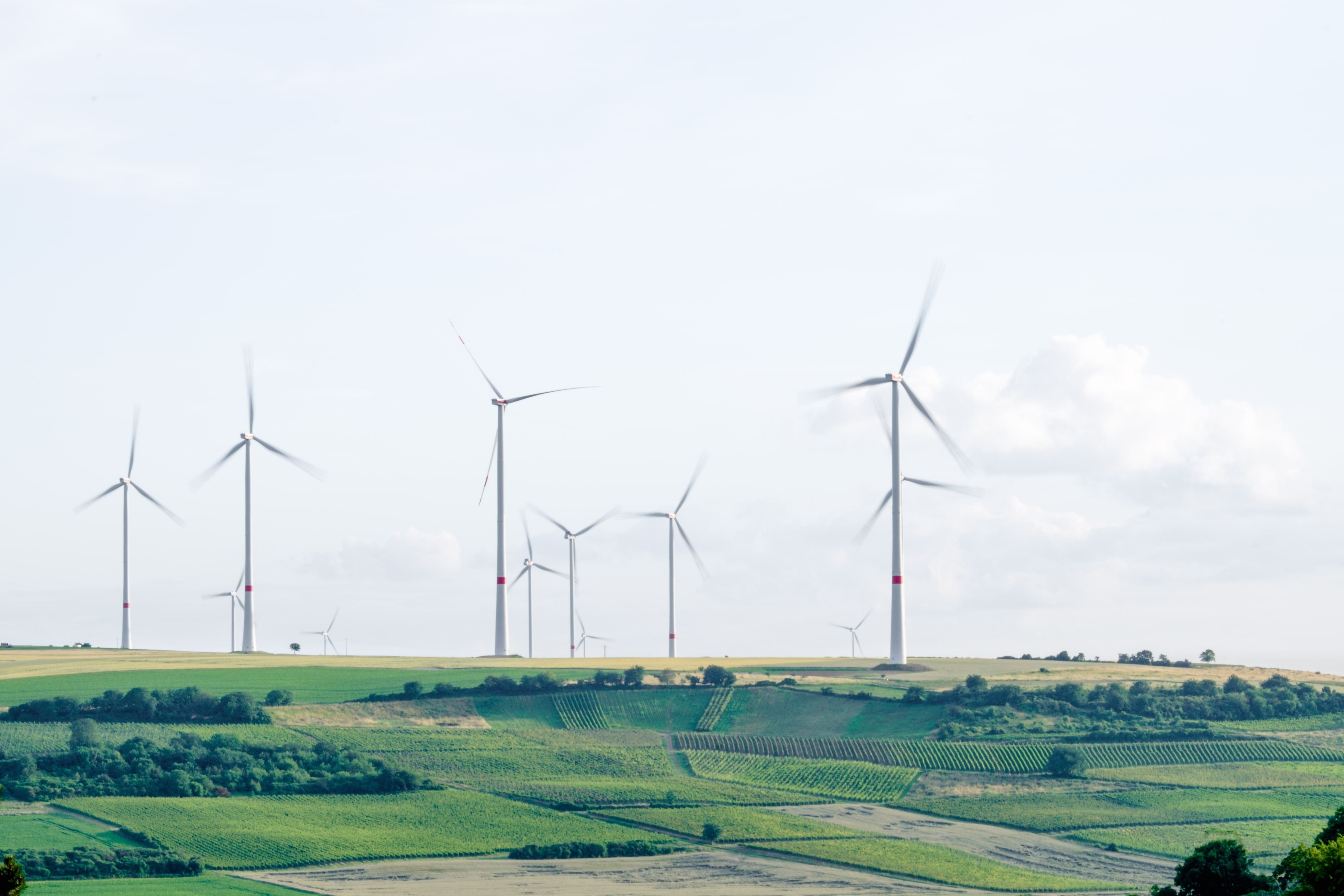9 must-read stories about our planet
- This weekly round-up brings you some of the key environment stories from the past seven days.
- Top stories: New UN report on climate change; US warns of economic cost of climate change; Global methane levels hit record highs.
1. News in brief: Top environment and climate change stories to read this week
Germany has announced plans to invest nearly €4 billion ($4.4 billion) in 'natural climate protection'. The country's economy and climate ministry also presented a package of measures on 6 April aimed at speeding the expansion of renewable energy.
The European Union is set to raise €6 billion ($6.6 billion) from the sale of a new, 20-year green bond. What are green bonds? Read more here.
The European Commission has also proposed tougher rules to cut down on pollution. Factories and mines would face tougher limits to secure permits in a move that could also affect livestock farms.
The UK is set to launch a publicly-owned system operator, that would take over some of the responsibilities of the National Grid, to help the country meet its net-zero emissions climate targets.
The World Health Organization has said that 99% of the world's population breathes air that exceeds its air quality limits. People in low- and middle-income countries are most exposed to pollution, the WHO said.
Global levels of methane rose to a record high last year, according to new data from NOAA.
Canada will offer a substantial incentives to companies that invest in carbon-capture technologies and will set aside as much as C$3.8 billion ($3 billion) over eight years to accelerate critical mineral exploration, extraction and processing as it seeks to cut carbon emissions.
Norway will resume its licensing process for onshore wind power developments after a three-year hiatus, limiting it to municipalities that are willing to accommodate the giant turbines, the country's energy minister said on 8 April.
Have you read?
2. New IPCC report on climate change released
Last Monday (4 April) saw the UN's climate panel (Intergovernmental Panel on Climate Change - IPCC) release its final report of the current scientific assessment cycle.
It found that emissions continue to rise, with the risk of runaway climate change.
Over the last decade (2010-2019) global emissions rose by 12%, from 52.5 gigatonnes in 2010 to 59 in 2019, the report says. However, the rate of increase has slowed compared to the previous decade. The IPCC warns that only immediate and ambitious action will be enough to keep temperature rise from going beyond 1.5 degrees Celsius.
"We left COP26 in Glasgow with a naive optimism, based on new promises and commitments," warned UN Secretary-General Antonio Guterres on the report's release. "But current climate pledges would (still) mean a 14% increase in emissions. And most major emitters are not taking the steps needed to fulfil even these inadequate promises."
There are were some positive signs, though, in particular the increased affordability of climate-friendly technology. For example, a unit of solar power now costs 85% less on average than it did in 2010.
Read more about the IPCC's report here.
3. White House warns on cost of climate change
The White House has warned that flood, fire and drought fuelled by climate change could cause a massive hit to the US federal budget each year by 2100.
The first such ever assessment found the upper range of climate change's hit to the budget by the end of the century could total 7.1% annual revenue loss, equal to $2 trillion a year in today's dollars.
"Climate change threatens communities and sectors across the country, including through floods, drought, extreme heat, wildfires and hurricanes (affecting) the US economy and the lives of everyday Americans," Candace Vahlsing, an OMB climate and science official, and its chief economist Danny Yagan said in a blog. "Future damages could dwarf current damages if greenhouse gas emissions continue unabated."
The analysis found that the federal government could spend an additional $25 billion to $128 billion annually on expenditures such as coastal disaster relief, flood, crop and healthcare insurance, wildfire suppression and flooding at federal facilities.





沒有留言:
張貼留言